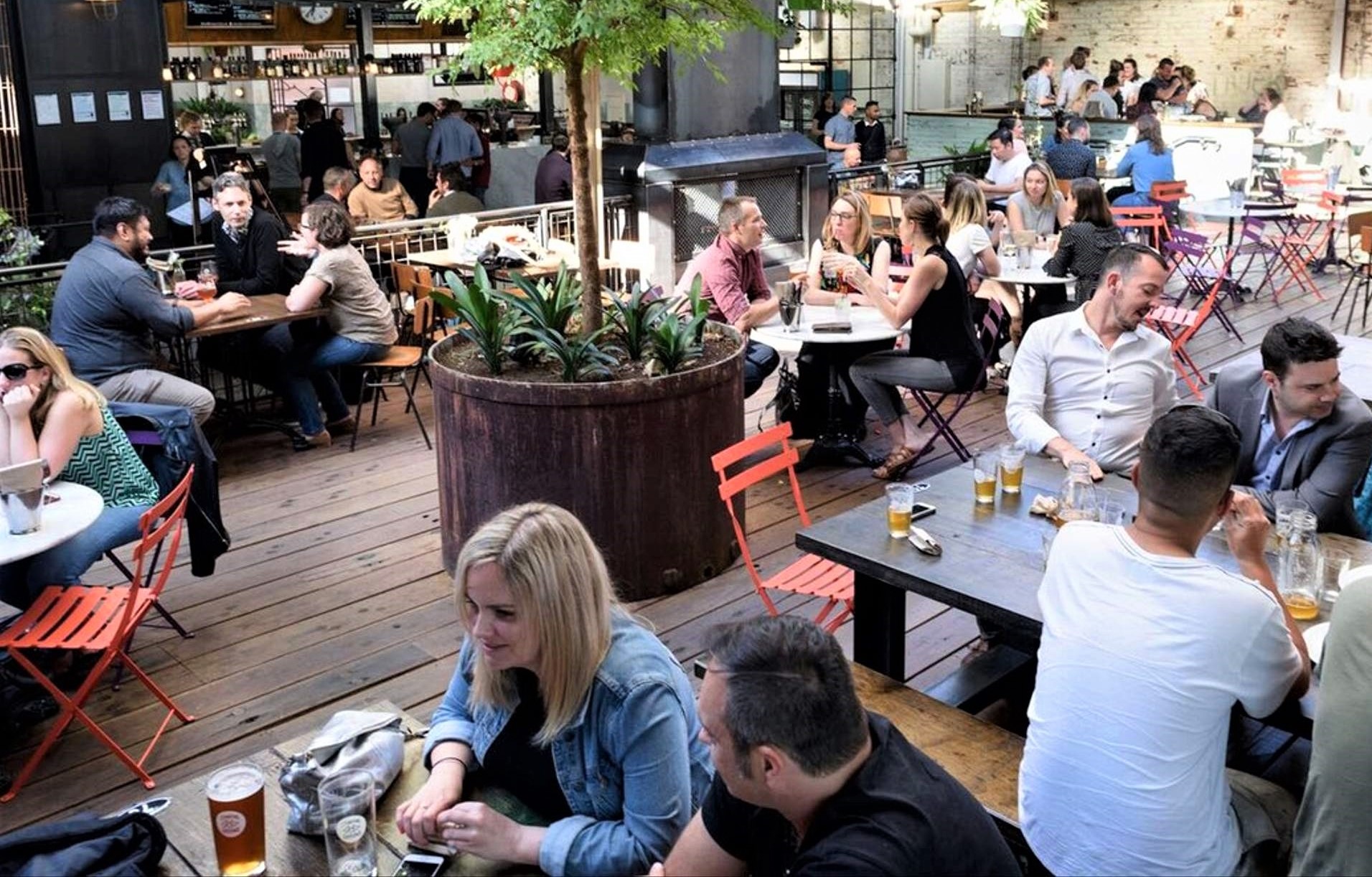As Australia reopens, COVID-19 cases will rise. How will we cope?


Higher COVID-19 case numbers are all but certain as Australia reopens, but we shouldn’t panic as those cases will mostly be far less severe, health experts say.
“These are both exciting – but scary – times too, because we will get more case numbers as people mix more in schools, in the community, in the workplace,” said Sydney University infectious diseases expert Professor Robert Booy.
“Because we have fantastic vaccination rates, especially in the at-risk populations, the kinds of people who will get sick are younger [and] much less likely to be hospitalised.
“If they are hospitalised they are much less likely to require intensive care, and they’ll probably only be in for a few days, instead of many who are elderly with COVID ending up in hospital for weeks.”
What sort of case numbers should we expect?
Various leading scientists have tried to predict what that caseload may be.
The Doherty Institute’s modelling that informed the federal government’s roadmap to reopening said if the country were to re-open at 70 per cent vaccination coverage with partial public health measures, Australia could expect 385,983 cases and 1,457 deaths over six months.
But in the three weeks since New South Wales’ lockdown ended, the high case numbers many predicted have not eventuated.
“The modelling has tended to overestimate the number of cases and the number of deaths,” Professor Booy said.
“We certainly have gotten to a good position in NSW, because essentially the pandemic has started to burn itself out. The number of cases who are susceptible is getting so few, either because they’re vaccinated or they’re naturally immune.”
Is our health system prepared for a higher caseload?
Australian Medical Association vice president Dr Chris Moy said every person who is fully vaccinated is one less person who should end up in hospital with COVID-19, even if they do get a breakthrough infection.
But vaccination rates vary around the country. The ACT is leading the charge with 90 per cent of its population above the age of 16 fully vaccinated, while Western Australia is lagging behind at 60 per cent.
Dr Moy said the states have been shoring up their health systems over the past 18 months to prepare for a surge in cases, but that caseload will need to be monitored closely.
“It’ll be less about watching the COVID numbers and less about the vaccination numbers, and it’s all going to be about what we have to do to maintain a level of COVID in the community that doesn’t overwhelm the health system,” he said.
Around the country, there were already 2,183 staffed intensive care beds.
Earlier this month, hospitals confirmed they could add another 3,440 surge beds if required, but only 383 of them would be adequately staffed due to workforce constraints.
Dr Moy said the health systems in COVID-19 affected states such as New South Wales and Victoria would likely come under greater pressure, as they will now have to clear a backlog of non-COVID-related patients.
“There’s a lot of delayed care – that means a lot of people have had their operations and other treatment put back, and now they’re going to have to be caught up.”
“So that culmination of normal care, plus delayed care that needs to be caught up, plus keeping on vaccinating, plus on top of that having to cope with COVID cases is something that’s causing extreme anxiety across the board and is why we need to keep an eye on that number over time.”
Will we end up like the UK, with tens of thousands of cases per day?
The UK’s ‘freedom day’ happened in July, when all COVID-19 restrictions were removed.
At that stage, 68 per cent of adults had been fully vaccinated and the country was averaging about 45,000 new infections per day.
That number showed signs of easing, but has now risen to about the same level, leaving some in Australia apprehensive about reopening due to our comparable vaccination rates – Australia’s overall vaccination rate is now 61 per cent, and the UK’s is 67 per cent.
But Professor Booy said the significant differences in how the two nations chose to open up mean they cannot effectively be compared.
“We can learn a lot from the UK, but I think they can learn even more from us because we’ve taken a staged, cautious, sensible approach,” he said.
“Because we’ve achieved such high vaccination rates, we’ll be in a different position to the UK. Our freedom days have been more gradual and more sensible. We haven’t gone into street parties the same way they have, and we will not suffer nearly so much as they have either.”
Will restrictions need to be reintroduced if case numbers rise?
The federal government’s roadmap to reopening says, after 80 per cent of Australia’s adult population is fully vaccinated, only “highly targeted” lockdowns should be implemented.
But Dr Moy said governments should still be open-minded to other measures designed to regulate case numbers if the burden on the health system becomes too great.
“I think it’s really important to understand that the capacity of our health system to be able to maintain function is the key determining factor that has to be kept in mind in any opening up,” he said.
“Although we do understand there is this real cry out for certainty from business and people wanting to travel, that has to be balanced by what we’ve done right throughout the pandemic – a focus on health and watching the numbers in the health system to make sure that the restrictions are appropriate to make sure the health systems don’t get overwhelmed.
“Because, if that happens, everything we’ve done is for nought, really.”
Source: sbs.com.au




